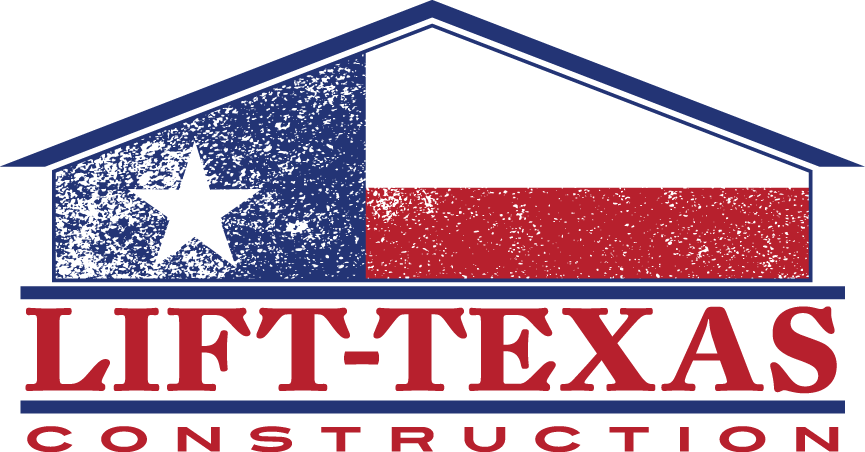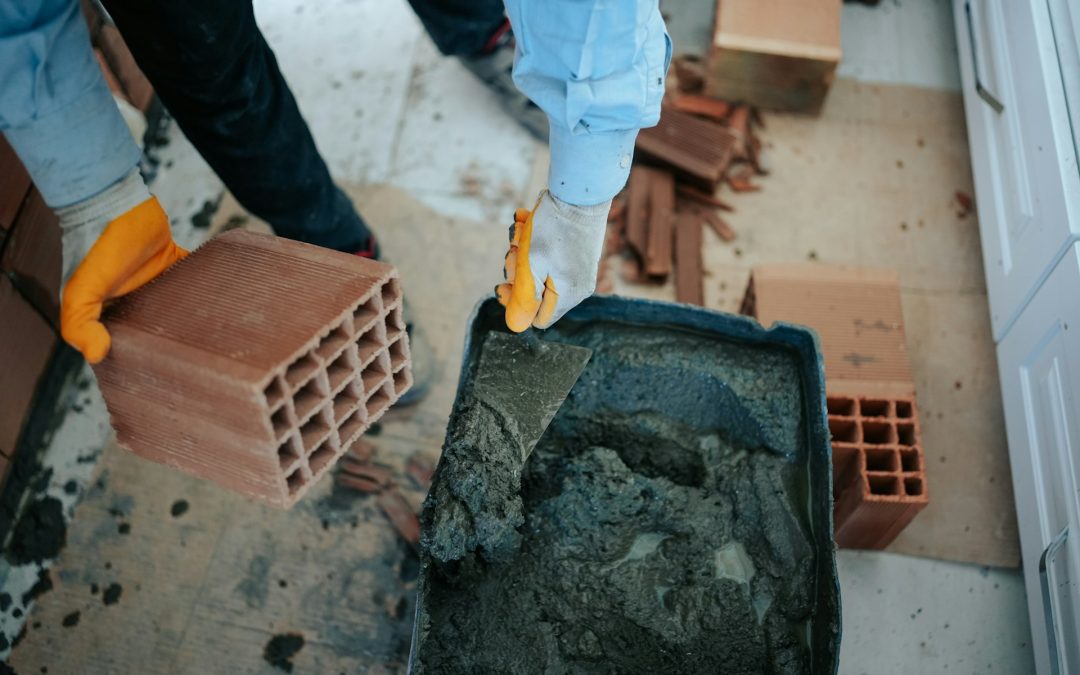Have you ever seen cracks on your walls or doors that don’t close properly? These can be signs that your house has foundation problems. The foundation, or base, of your house is super important. It holds up your entire home and keeps everything above it steady and safe. If there’s an issue with the foundation, it can cause a lot of other problems around your house.
Foundation problems can start small, like little cracks you might barely notice. But if you ignore them, they can get much worse. It can even lead to parts of your home becoming unsafe or unstable. That’s why it’s really important to know the basics about foundation repair and what to look for.
When you realize that your home might have foundation issues, it’s normal to feel a bit worried. But don’t worry too much. There are steps you can take to get things back on track. Fixing these problems not only makes your house safer, but it can also save you a lot of money in the long run.
Understanding the Basics of Foundation Repair
A foundation is the base upon which your home stands. When it starts to show signs of damage or wear, it’s crucial to act quickly to prevent further issues. Foundation repair is the process used to fix these problems and restore stability. The problems your foundation faces could be due to soil conditions, water damage, or natural settling over time. Fixing these issues often involves techniques like underpinning, leveling, or sealing cracks.
Foundation repair begins with a thorough inspection to identify the root cause of the problem. This helps in choosing the right method for repair. For example, if your home is sinking due to unstable soil, underpinning might be the solution. This involves placing support beams under the foundation. For minor cracks, sealing might be enough to prevent water from seeping in. Knowing these basics can help homeowners take the right steps to maintain a sturdy and safe home.
Signs Your Home Needs Foundation Repair
Recognizing the early signs of foundation issues can save time and money. One major sign is cracks in the walls, especially around windows and door frames. These cracks often indicate that the foundation is shifting. If you notice uneven floors, this could also be a sign that your foundation needs attention. Doors and windows that stick or don’t close properly can be another red flag.
Water pooling around your home’s base is also a clue that something is wrong. This can happen due to poor drainage, which puts extra pressure on the foundation. Another sign is when you see gaps between the walls and the ceiling or floor. These gaps usually mean the foundation is settling unevenly. If you notice any of these signs, it’s crucial to get a professional inspection right away. Early detection can make repair easier and less costly.
Step-by-Step Guide to Concrete Leveling for Your Driveway
Getting your driveway leveled can seem like a daunting task, but it’s actually quite straightforward. First, small holes are drilled into the problematic sections of your driveway. These holes are strategically placed to ensure even lifting and maximum support. Once the holes are ready, a specialized leveling material is pumped into them. This material expands and fills the voids beneath the concrete, raising the slabs back to their original level.
After the leveling material is injected, the concrete slabs will start to rise. This process is closely monitored to make sure the driveway is leveled correctly. Once the slabs are in place, the holes are sealed with high-quality concrete, ensuring a seamless and sturdy finish. The result is a smooth, level driveway that not only looks great but is also safer and more durable.
Benefits of Concrete Leveling Over Complete Replacement
Opting for concrete leveling instead of a full driveway replacement offers several benefits. One of the biggest advantages is cost. Concrete leveling is much more affordable than tearing out and pouring new concrete. The process is quicker too, often completed in just a few hours, minimizing downtime and inconvenience for your business.
Another benefit is longevity. By stabilizing the soil beneath the driveway, concrete leveling prevents future issues. This means fewer repairs and less maintenance over time. Additionally, concrete leveling is an eco-friendly option. It uses fewer materials and generates less waste compared to a full replacement. Overall, concrete leveling is a smart, efficient, and sustainable choice for maintaining your driveway.
Conclusion
Maintaining a level and crack-free driveway is essential for both the appearance and safety of your property. Concrete leveling addresses the root causes of uneven surfaces and cracks, offering a fast, cost-effective, and environmentally friendly solution. By choosing concrete leveling, you not only fix your driveway’s current issues but also prevent future problems, ensuring long-term stability and durability.
If you’re noticing cracks or uneven spots in your driveway, don’t wait for the problem to get worse. Timely intervention can save you from more extensive and costly repairs down the road. At Lift-Texas Construction, we specialize in concrete leveling and Arlington foundation repair. Contact us today to ensure your driveway is both safe and visually appealing. Reach out now to schedule a consultation and take the first step towards a smoother, more reliable driveway.

